 Search for Double Beta Plus Decays |

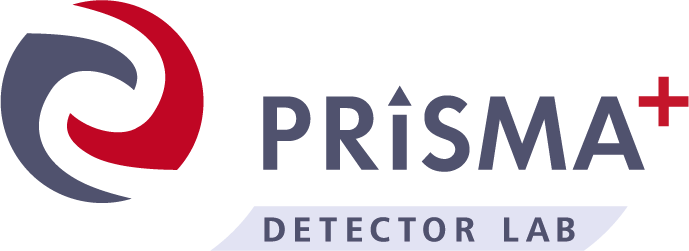
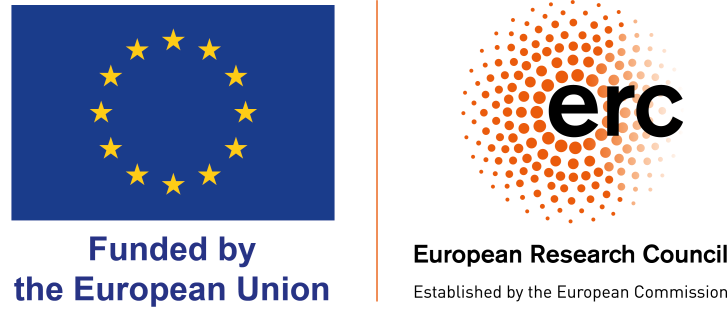
|
First measurements with the test cellKrypton-loaded liquid scintillators represent a promising avenue for experimental discovery in the context of double weak decays, making the investigation of krypton dissolution in these scintillators a critical step forward. We developed a cell to test high-pressure loading of krypton into liquid scintillators, an essential step for the NuDoubt++ experiment. The initial design phase focused on defining the requirements of the test cell, such as optimizing the loading factor, ensuring adequate transparency, and maintaining effective scintillation properties. A detailed simulation allowed us to enhance the light collection and energy resolution capabilities of the cell. Construction and Preliminary ResultsThe construction of the test cell involved assembling various stainless steel and PTFE components, along with UV-transparent windows, to create a robust and sealable system for krypton loading and liquid scintillator testing (Figure 1). Despite the initial challenge of maintaining pressure—highlighted by leaks at 3.8 bar—the assembly provided a functional setup for initial transparency measurements. 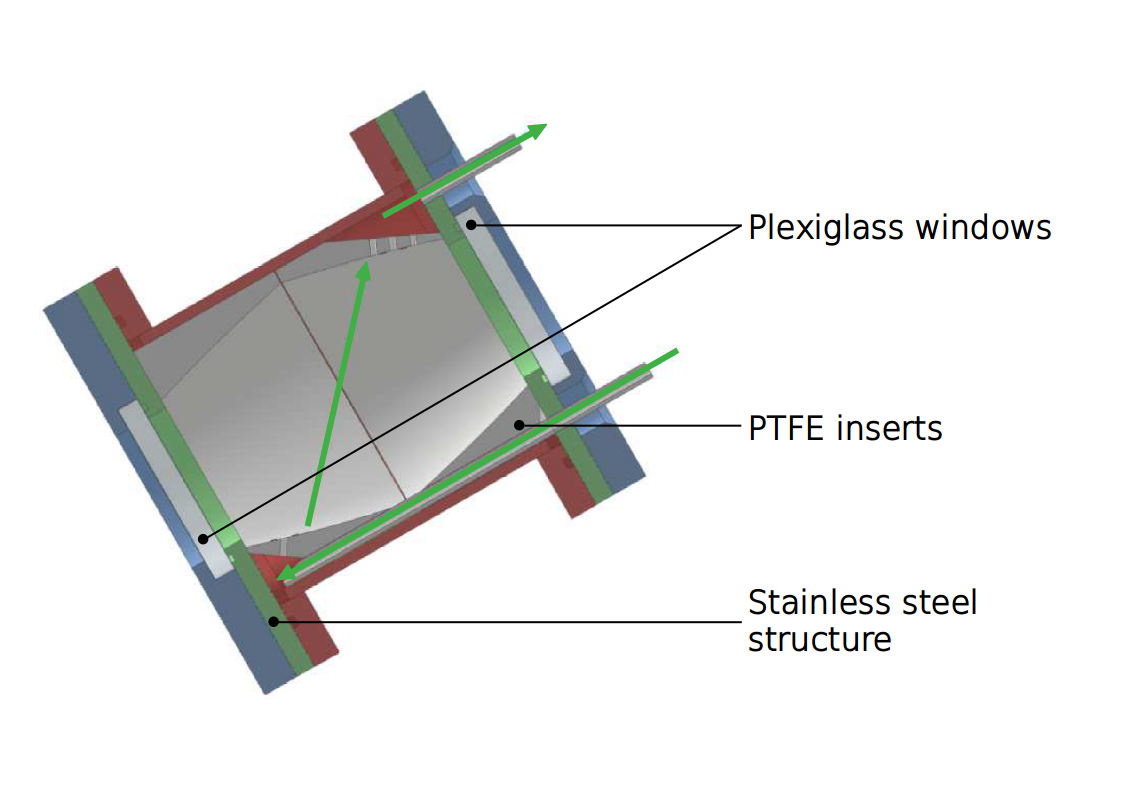
The test cell was complemented by a custom-built test stand (Figure 2), designed to securely hold the cell in place during loading and measurements. This stand, constructed from aluminum and featuring a three-level design, facilitated easy movement and precise positioning of the test cell. Various 3D-printed holders ensured the cell's stability during experiments, with adjustments made for different testing angles and orientations. 
Transparency measurements were conducted using a spectrometer, which evaluated the cell's performance by measuring absorbance across different wavelengths (Figure 3). Initial tests with an empty cell demonstrated expected behavior, with results comparable to those obtained using a standard cuvette, albeit with slight variations due to the cell's thicker Plexiglas windows. Subsequent tests with the cell filled with linear alkylbenzene (LAB) confirmed the cell's liquid-tight integrity and produced consistent transparency data (Figure 4). The attenuation length for LAB was calculated to be approximately 3.4 meters at 430 nm, indicating that the test cell functions as intended and that its optical properties are well understood. 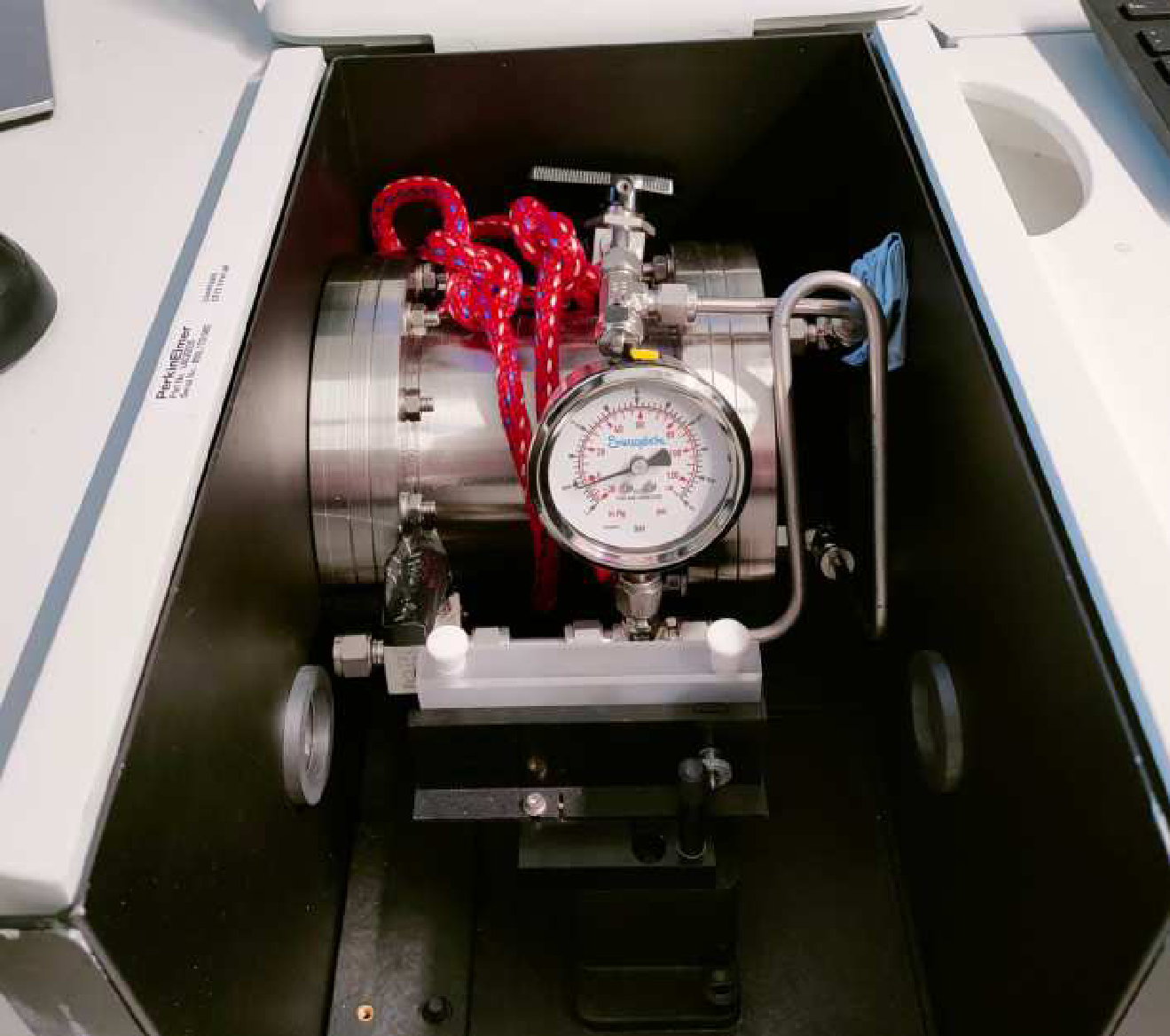
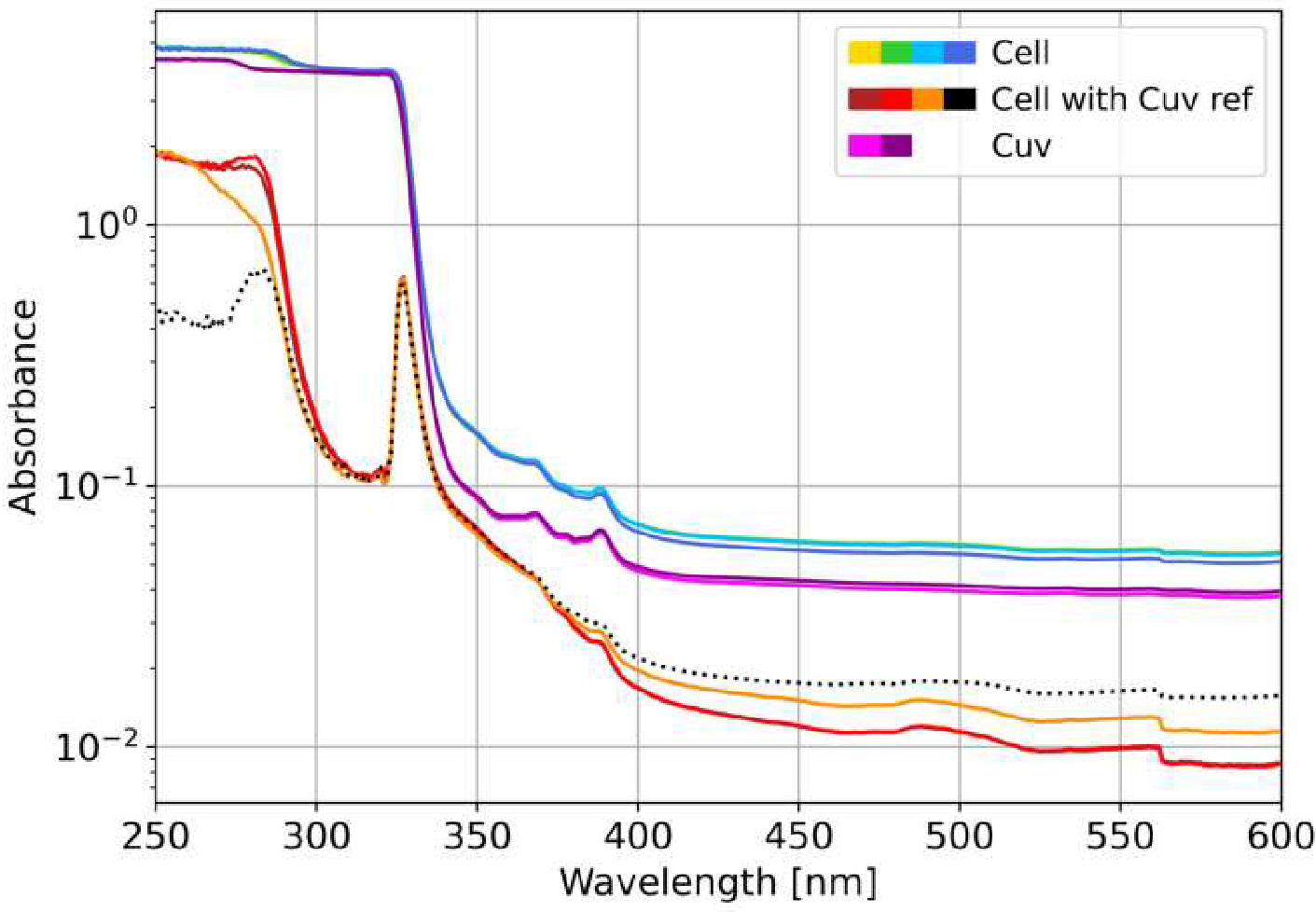
Conclusion and Future ProspectsThe initial findings regarding the pressure loading and the behavior of krypton in the test cell are encouraging, but further work is needed to refine the design and improve its performance. This includes enhancing the pressure tightness of the cell, developing more precise measurement techniques, and conducting additional simulations to optimize the detection capabilities. More information on these measurements, and more, can be found in Magdalena Eisenhuth's Master thesis. |